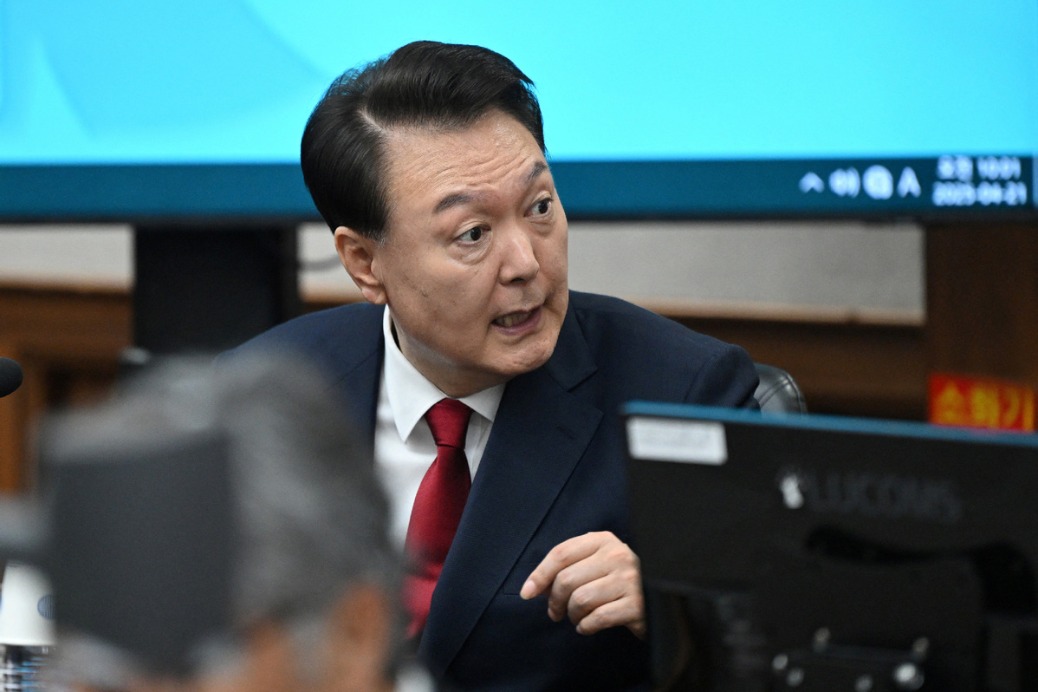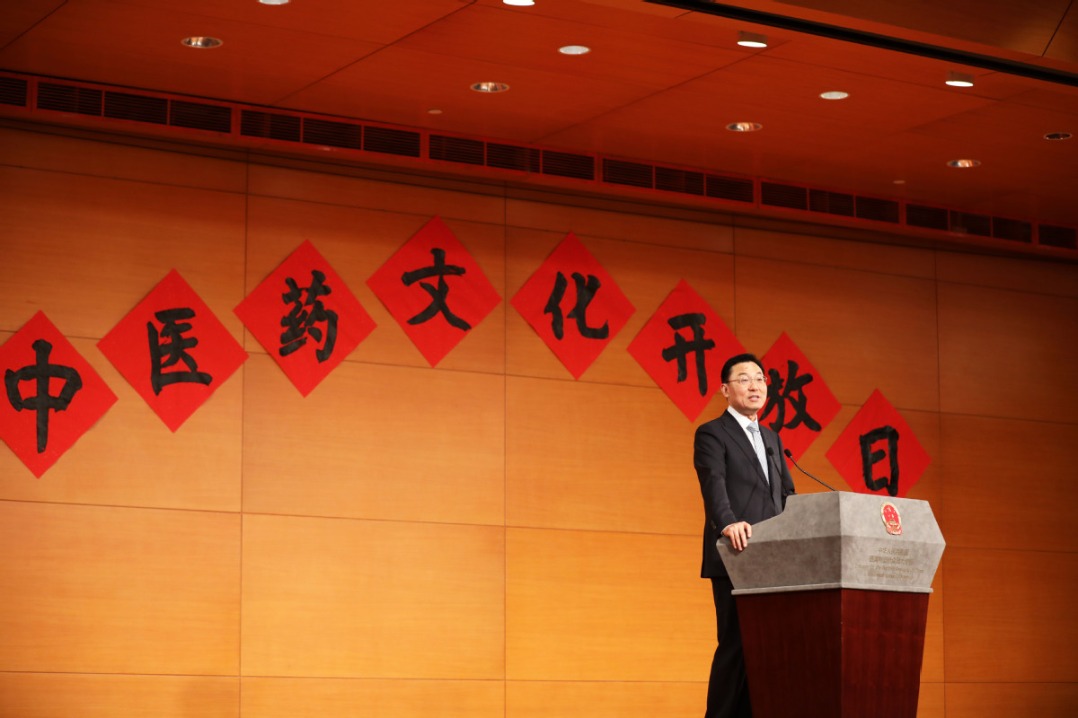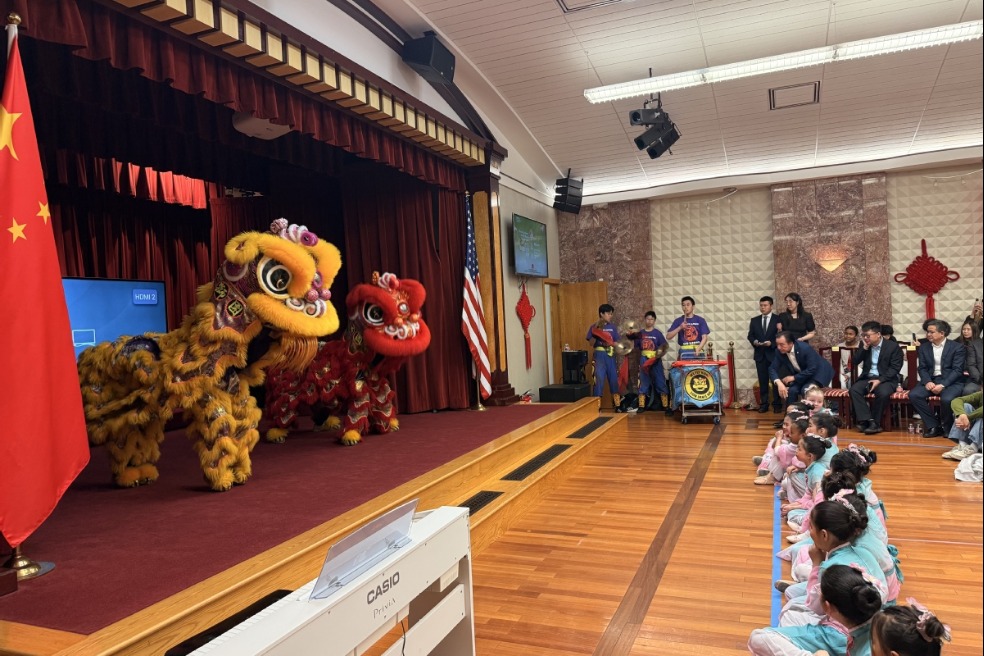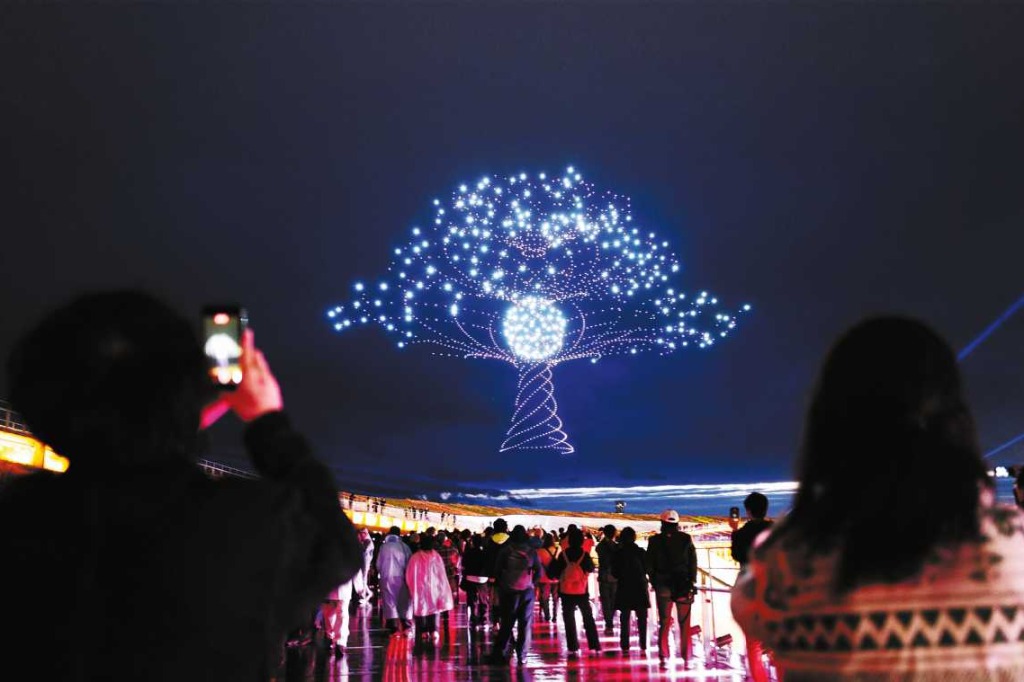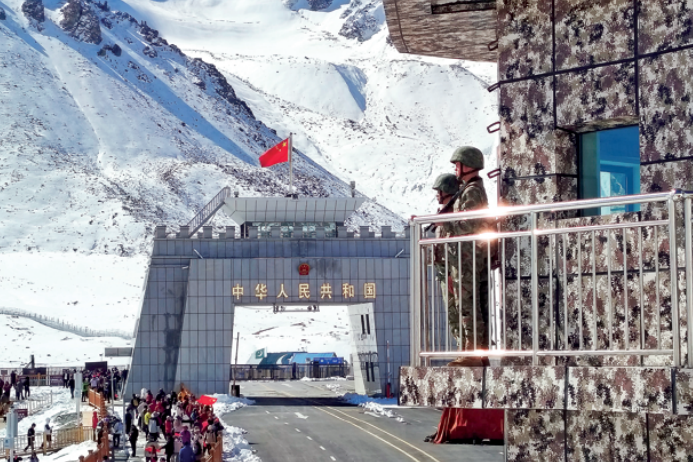Belt and Road reaches out to the world


According to a report on the initiative's progress, published by China on April 22, BRI countries have made concerted efforts to build a comprehensive, multi-level and composite infrastructure framework centered on railways, roads, shipping, aviation, pipelines and integrated space information networks.
Examples of international economic cooperation corridors and links boosting countries' connectivity include the New Eurasian Land Bridge, and the China-Mongolia-Russia, China-Central Asia-West Asia, China-Indochina Peninsula, China-Pakistan, and Bangladesh-China-India-Myanmar economic corridors.
In Nigeria, the Abuja-Kaduna Railway, built by China Civil Engineering Construction Corp, started commercial operations on July 26, 2016. By Jan 11 this year, the railway had served 1.23 million passengers. It is the first section of the standard gauge project between Lagos and Kano, the first standard gauge railway in Nigeria and West Africa.
A recent World Bank report showed that BRI transportation infrastructure projects have increased GDP for economies taking part in the initiative by up to 3.35 percent.
In addition to infrastructure, BRI connectivity has four other "pillars" — policy coordination; unimpeded trade; financial integration; and closer people-to-people ties.
Key documents
Last year, 492,200 students from 196 countries and regions studied in China, with nearly 53 percent of them coming from 64 countries taking part in the BRI, Xinhua News Agency reported.
According to the BRI report published by China in April, the initiative has been incorporated into key documents of international organizations. For example, the BRI and its core concepts have been written into documents for the UN, the G20 and the Asia-Pacific Economic Cooperation forum, among others.
The Digital Silk Road has become an important component of the BRI to promote cooperation on technology. Huge efforts have also been made to boost cooperation in specific areas such as intellectual property, tax, agriculture and law.
















